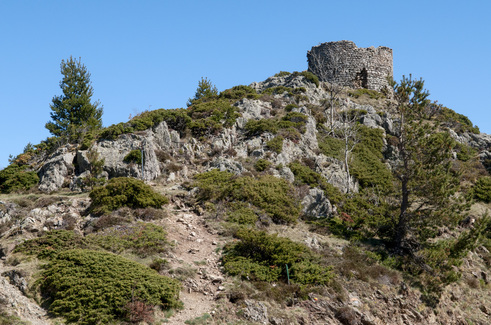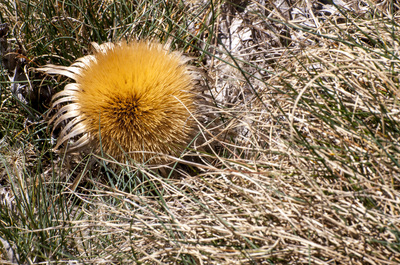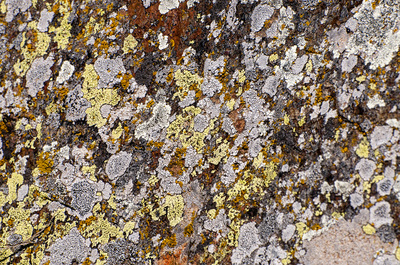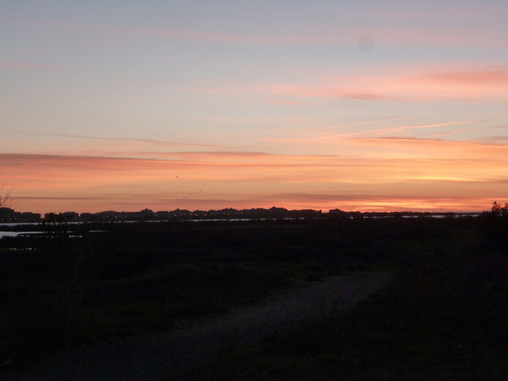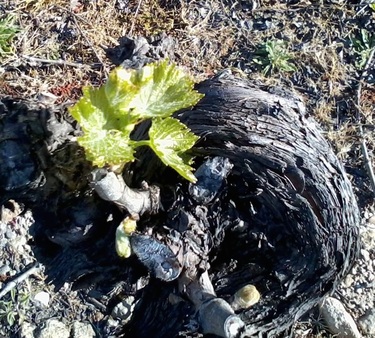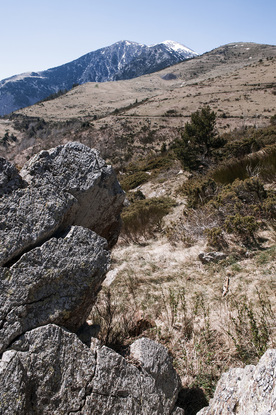
Well, we are into the fourth week of April, and it is definitely spring, despite the unusually variable weather. The warmth and the extra rain have meant a real explosion of growth, trees and bushes bursting into bloom, and an amazing array of greens, from the softest to the most vivid. It also means a lot of birdsong, sometimes, as in the case of my local blackbirds, almost deafening, at other times very frustrating as I look to find who is responsible for this new song which I do not know.
In the garden of the house across the road and below ours, there is a tall thin conifer which the birds like to perch on, and there at least I can often get a good view. Having lived so far north, in the Highlands of Scotland, I missed out on quite a number of birds which you may see elsewhere in Britain, like the nuthatch, and it is fun for me to catch up slowly with others, now that I am living so much further south. Recently, one such bird used the conifer in question precisely while I was having a coffee in the sun, and I was able to study it at leisure. In fact, its song was very dull, described as "monotonous" in my favourite book- and quite accurately! But the male cirl bunting, who was responsible for the "repetition of a single sharp note" is rather handsome, with varied, rich brown plumage on his back, a black-and-yellow-striped face, with a good deal of yellow on the breast and underparts. Females and juveniles are far less distinct, and I think I may often have seen them without knowing it.
The most frustrating thing about this time of year is, however, hearing bee-eaters flying overhead, but seeing nothing at all! I have always been obsessed by them, and, of course, only ever had the chance to see them on occasional holidays - during which I quickly learnt that while hearing them is one thing, actually seeing them is quite another, generally a real stroke of luck!
Recently, I took Isobel and Ann up to the Tour de Batere, on an incredibly beautiful day. There was enough snow left on Canigou for the near peaks to be rearing impressively above us, and distant views were clear and sharp. You may often get such days with a really cool or cold breeze, but the air was warm and soft and the day delightful. We did not see any really big birds, there just seemed to be ravens and, far in the distance, a flock of the alpine choughs, but when I went for a stroll along the track and briefly followed a small burn (which normally hardly flows), I saw another bird for the first time in my life - although most of you reading this will know it well! This was a yellow wagtail, far more subtle in colouring than the grossly misnamed "grey" wagtail, which is so smart in its black , dove grey, white and vivid yellow. This was a male, but far more delicate in colour than the grey, with a soft yellow-to-pink on its chest. It was very much aware of me, but fairly tame, and I had excellent views of it, in this very typical waterside habitat. Nicely, too, there were some early marsh marigolds, and some type of primula, like a small, delicate oxlip, very much the same colour as an "ordinary" primrose; I have not succeeded in identifying this one yet. Meantime, Isobel was fascinated by the amazing "stemless" thistles, large composite flowers flush with the ground ("carline acaule" in the Alberes book) and with the wonderful lichens growing on the tough metamorphic rocks of this wonderful high country.
More of Isobel's photos from that day below - and in her gallery.
